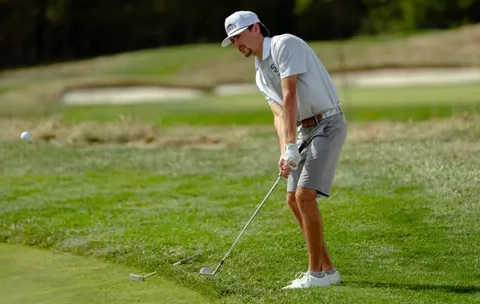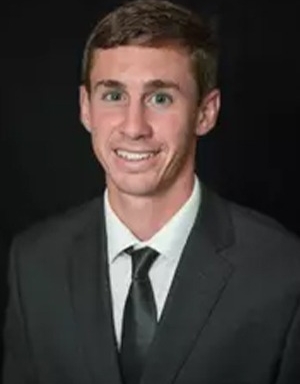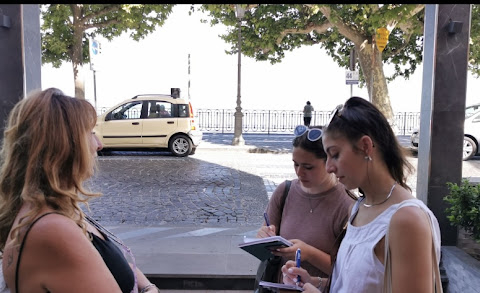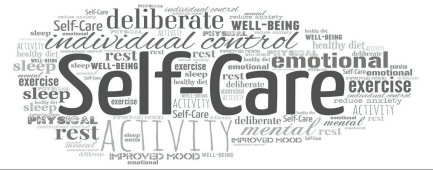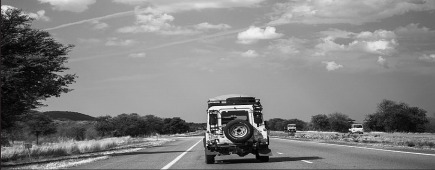In today’s world of instant communication, people are inundated with catastrophic news stories almost daily: a hurricane hits here, a wildfire burns out of control there, or an earthquake kills thousands somewhere else. This constant barrage of bad news can wear people down, and as a result, people often fail to see the stories for what they are: tragedies. The statistics of dollars of damages, homes destroyed or even lives lost are just ways of explaining the true tragedy that has occurred. We can read the numbers without truly feeling sorry for those affected. Making a news story personal is often painful and difficult to do.
With regard to Hurricane Dorian, which is no different of a situation, Bonaventure knows the Bahamas. Bonaventure students and faculty have been going to the Bahamas for over 15 years. These trips are the result of the work of Dr. Todd Palmer who first as the head of SIFE, and now of Enactus, has taken students to work in the classrooms, in the boardrooms and in the neighborhoods around Freeport every winter break.
Over the past four years, I have had the opportunity to go and bring BonaResponds with me as we have extended the service component after Hurricane Matthew (2016) and again this past year with garden programs and more.
Dorian hit the Bahamas with a punch that was horrific in its fury. With winds of over 185 mph, storm surges of over 20-30 feet and rain that could be measured in feet, Dorian was the most powerful storm recorded in the Atlantic. Houses were destroyed, schools and evacuation centers flooded, many buildings were demolished and thousands of lives were lost. But we can ignore stats. We can’t ignore the stories from our friends.
Via texts, social media and many hundreds of postings on our BonasandBeyond Whatsapp thread, many of us on campus lived through a hurricane from the safety of the St. Bonaventure campus. We heard of the evacuations in days prior to the storm, the annihilation of much of Abaco and then the category 5 storm hitting Freeport.
We got regular updates from the people we know. BonaResponds members saw videos shot out of their windows from the University of the Bahamas, where water completely flooded the ground floors, and had audio messages from a mother whose children (one with autism) were evacuated from the storm evacuation center, only to have the bus stranded by high water overnight. We got pictures of the downtown district flooded and the airport with water throughout the second-floor terminal.
The worst message, however, came from a good friend who has visited the St. Bonaventure campus and who we have worked with. He and his family had not evacuated, the storm was worse than they expected, they were in the attic, the water was rising fast and he didn’t know how much longer they could hold on.
And then, nothing. No more texts. Calls to his phone went to voice mail. Texts were not delivered. For over 20 hours we and our mutual friends in the Bahamas feared the worse: that they had been lost to the storm.
Roughly 24 hours later we received a text saying that they had been saved.
They had clung to the roof of their house, in winds of over 150 mph, in driving rain, and in water over 20 feet deep, for over 20 hours. The walls and floors of the house had fallen apart and been washed away, but somehow the roof and survived, and so did they.
As the storm finally left the island, many other stories came in. We received daily reports of the death toll rising, of people trying to abandon their homes to go elsewhere and of many who lost everything but were happy to be alive.
Many of these reports came from people we knew before the storm. Fritz, a gregarious man who has lost a leg to diabetes and much of his roof to Hurricane Matthew, called to tell all of his Bonaventure friends that his roof (a roof that we built) survived Dorian and that he is ok after living in the shelter for over a week.
We are of course going to help in any way we can. Working with Enactus, PositiveRipples and the Park and Shop by the Olean Hospital, we have raised about $2000. We have worked with the United Cajun Navy to ship upward of 20,000 meals and have laid the groundwork for a multiple year, many trip response. We are also working with several groups in Florida to collect school supplies and toys for children at Christmas to take some of the sting out of the storm for them. We also hope to set up a tool library to allow people to rebuild for themselves.
There are countless ways for you to help. These ways include coming on a trip (contact any BonaResponds or Enactus leader for more information), dropping off coloring books and supplies (art therapy) or toys for the children (we must ship before Thanksgiving) or donating to PositiveRipples or BonaResponds to help defray student costs. In advance, I thank you for your generosity and willingness to work to come to the aid of those who are in need of assistance.
BonaResponds Notes:
So far this semester in addition to the above fundraising for the Bahamas, we have packed almost 200 backpacks for school children, 75 backpacks for the homeless, helped to paint Gargoyle Park’s Pavilion, built three wheelchair ramps, cut up downed trees in Allegany for a family that could not do it themselves, installed handrails for an elderly woman in Olean and had multiple trail workdays. This weekend we will be working with SBU Student veterans at the Shinglehouse American Legion, working with the City of Olean on a cleanup day, and building our 232nd wheelchair ramp.
We also need some people to help with our international projects and WarmSnugglyBlanket program.
By Jim Mahar, Professor Columnist
jmahar@sbu.edu


